
Machine Perception  Open site
Open site
5
Introduction:
Machine Perception is an innovative field that focuses on enabling machines to interpret and understand sensory data from the world around them. By mimicking human perception capabilities, such as sight, sound, and touch, machine perception aims to enhance how machines interact with their environment. This technology leverages advanced algorithms and artificial intelligence to analyze and process information, allowing for improved decision-making and automation in various applications.The significance of machine perception extends across multiple industries, including robotics, autonomous vehicles, and smart devices. As these systems become increasingly sophisticated, they rely on machine perception to achieve a higher level of autonomy and responsiveness. By advancing this technology, we can unlock new possibilities for innovation, efficiency, and enhanced human-machine collaboration, ultimately transforming how we live and work.
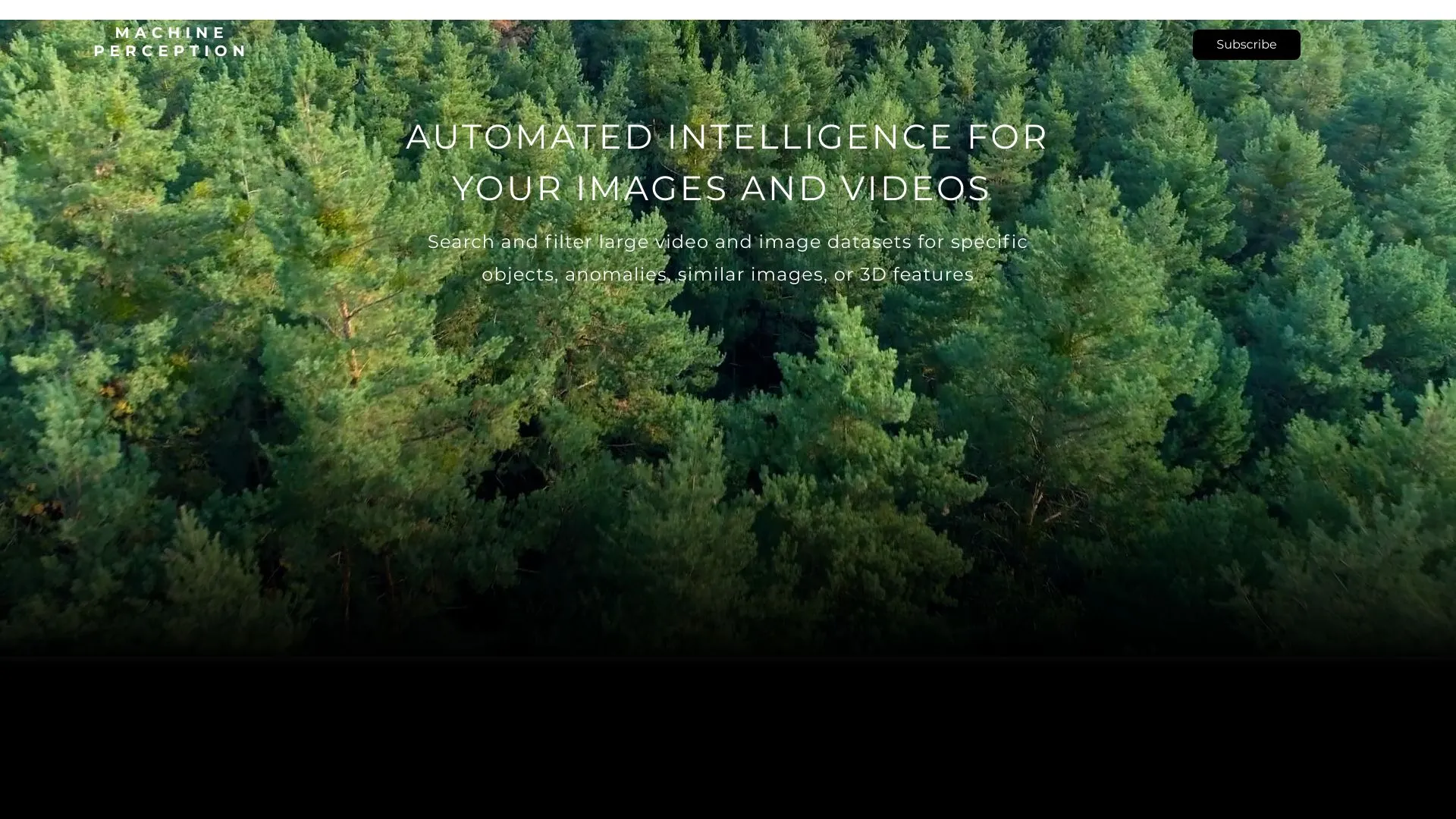
What is Machine Perception?
Machine perception refers to the ability of machines to interpret and understand sensory information from the environment similarly to humans. This interdisciplinary field combines elements of artificial intelligence, computer vision, and signal processing, enabling machines to analyze data from various sources, such as images, sounds, and tactile inputs. By mimicking human sensory perception, machine perception aims to enhance human-computer interaction and improve automation across various applications.
As technology advances, machine perception is becoming increasingly vital in sectors like robotics, autonomous vehicles, and smart devices. The integration of machine perception allows for more intuitive interactions and enables machines to respond dynamically to their surroundings. By leveraging advanced algorithms and deep learning techniques, machines can recognize patterns, make decisions, and learn from experience, ultimately transforming how we interact with technology and the world around us.
Key Features:
- Machine perception encompasses several key features.
- First, sensory input processing allows machines to gather data from various sources such as cameras, microphones, and sensors. This capability enables them to understand their environment by converting raw data into meaningful information.
- Second, pattern recognition enables machines to identify and classify objects, sounds, or behaviors. By utilizing algorithms and machine learning, they can recognize familiar patterns and distinguish between different entities, enhancing their decision-making processes.
- Third, contextual understanding aids machines in interpreting information based on the surrounding environment. This feature allows them to consider situational factors, improving their responses and interactions with users or other systems.
- Fourth, real-time analysis ensures that machines can process information instantly, facilitating immediate reactions to changing conditions. This capability is crucial for applications like autonomous vehicles and robotics, where timely decisions are essential for safety and efficiency.
- Lastly, adaptive learning allows machines to improve their perception over time. By continuously learning from new data and experiences, they can refine their algorithms, enhancing their ability to perceive and respond to complex situations.
Pros
Machine perception enhances automation by enabling machines to understand and interpret sensory data, such as images and sounds. This capability allows for the creation of intelligent systems that can operate independently in various environments, improving efficiency and reducing human error in tasks ranging from manufacturing to healthcare.
In addition, machine perception enables advanced applications like facial recognition and object detection, which can enhance security and personalization. These technologies can analyze vast amounts of data quickly, providing valuable insights and improving user experiences in sectors like retail and entertainment.
Furthermore, machine perception facilitates better human-computer interaction. By understanding natural language and visual cues, machines can respond more intuitively to user commands. This leads to more seamless and engaging interactions, making technology more accessible to diverse populations.
Cons
Machine perception can struggle with context and nuance, often misinterpreting subtle cues that humans easily understand. This limitation can lead to errors in judgment, particularly in complex environments where understanding the underlying meaning is crucial.
Another drawback is the reliance on large datasets for training. If the data is biased or unrepresentative, the machine's perception can reflect these flaws, resulting in skewed outcomes and reinforcing existing prejudices.
Additionally, machine perception systems can lack adaptability. Unlike humans, who can learn from a small number of examples, machines often need extensive retraining to adjust to new scenarios, making them less flexible in dynamic environments.
Finally, privacy concerns arise from machine perception technologies, especially in surveillance applications. The ability to analyze visual and auditory data can lead to intrusive monitoring, raising ethical questions about consent and individual rights.
Machine Perception's Use Cases
#1
Machine Perception can be used in various industries and applications, including autonomous vehicles, robotics, drones, fitness, IoT/remote cameras, satellite and remote monitoring, and many others. It is beneficial for companies with large datasets of images and videos who need to manage and analyze their computer vision datasets.
Machine Perception Reviews
Machine Perception explores how machines interpret sensory data, enabling them to understand and interact with the world like humans. This field combines elements of computer vision, audio processing, and sensor technology. The advancements in machine perception have led to significant improvements in areas such as autonomous vehicles, robotics, and smart devices. Overall, it's a fascinating area of study that continues to evolve, promising exciting applications and innovations in the future.
Alternative of Machine Perception
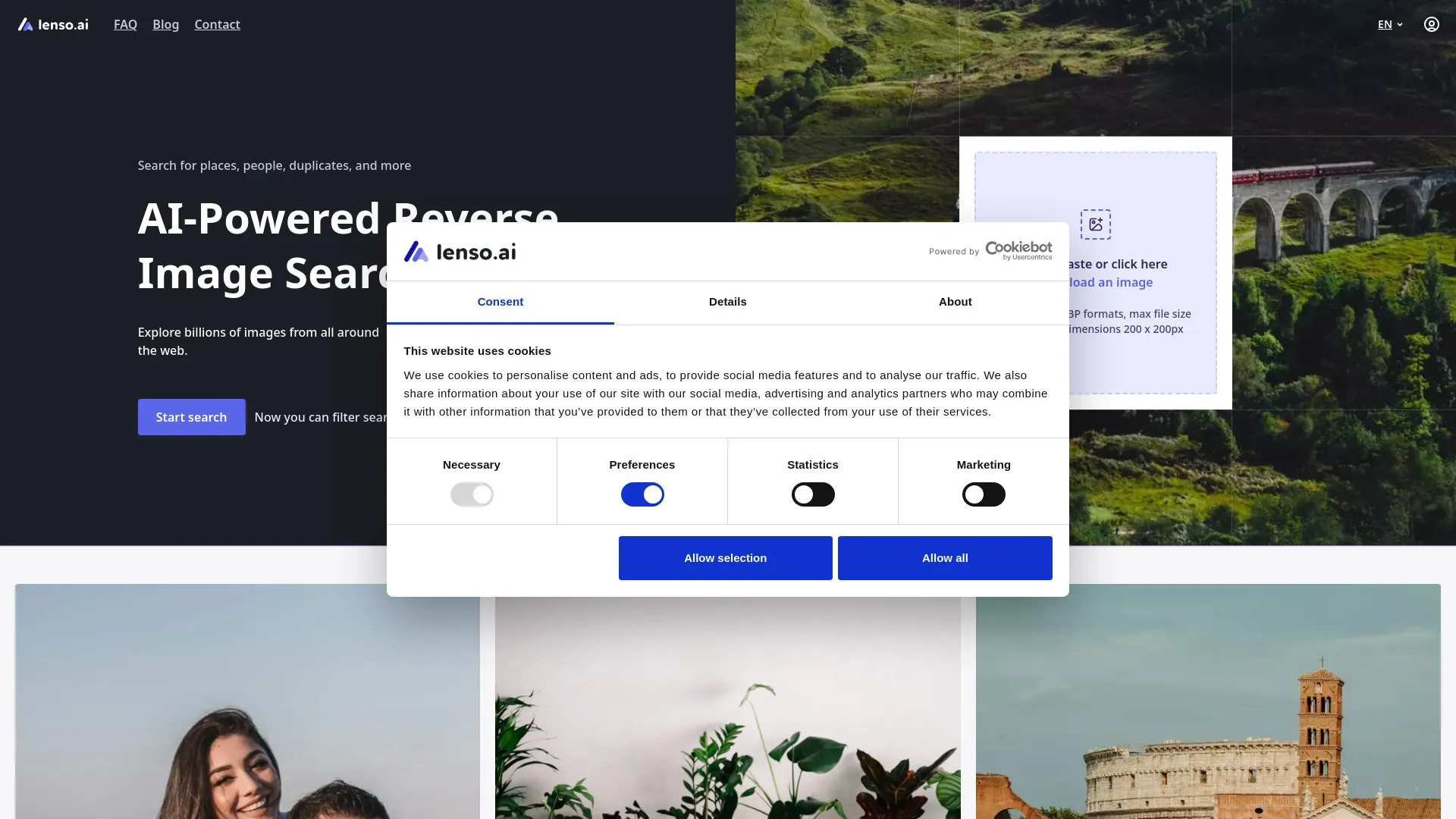
4.0M
5.0
Lenso.ai is an innovative platform designed to streamline the process of generating high-quality product images. Utilizing advanced AI technology, it empowers businesses to create visually appealing and professional-grade visuals effortlessly. This tool caters to various industries, enabling users to enhance their e-commerce presence and improve customer engagement through stunning imagery.The platform offers a user-friendly interface that simplifies the image creation process, allowing users to focus on their core business activities. With features tailored for efficiency and quality, Lenso.ai stands out as a valuable resource for marketers, entrepreneurs, and retailers looking to elevate their branding and product presentation in a competitive market.
AI Image Recognition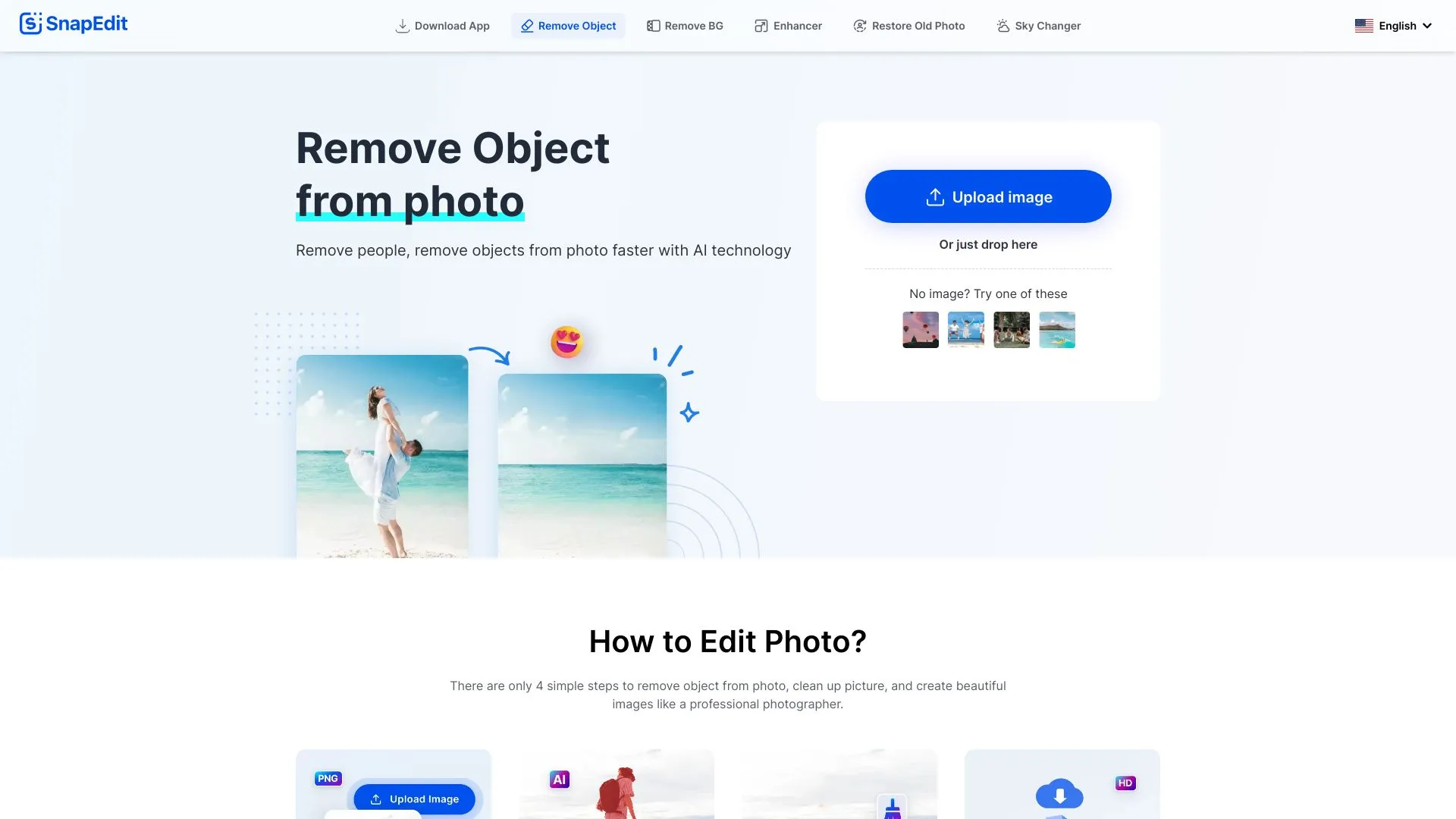
4.0M
4.5
SnapEdit is an innovative all-in-one AI photo editor designed to simplify and enhance the photo editing experience for users of all skill levels. With its intuitive interface and powerful features, SnapEdit allows users to effortlessly transform their images, making complex editing tasks accessible to everyone. The platform harnesses advanced artificial intelligence to provide tools for background removal, object editing, and image enhancement, ensuring that every photo can achieve its full potential.In addition to its robust editing capabilities, SnapEdit offers a user-friendly experience that caters to both beginners and experienced photographers. Users can enjoy quick and efficient editing processes, saving time while producing stunning results. Whether you're looking to create professional-grade images for personal projects or social media, SnapEdit equips you with the tools needed to bring your creative vision to life.
AI Image Recognition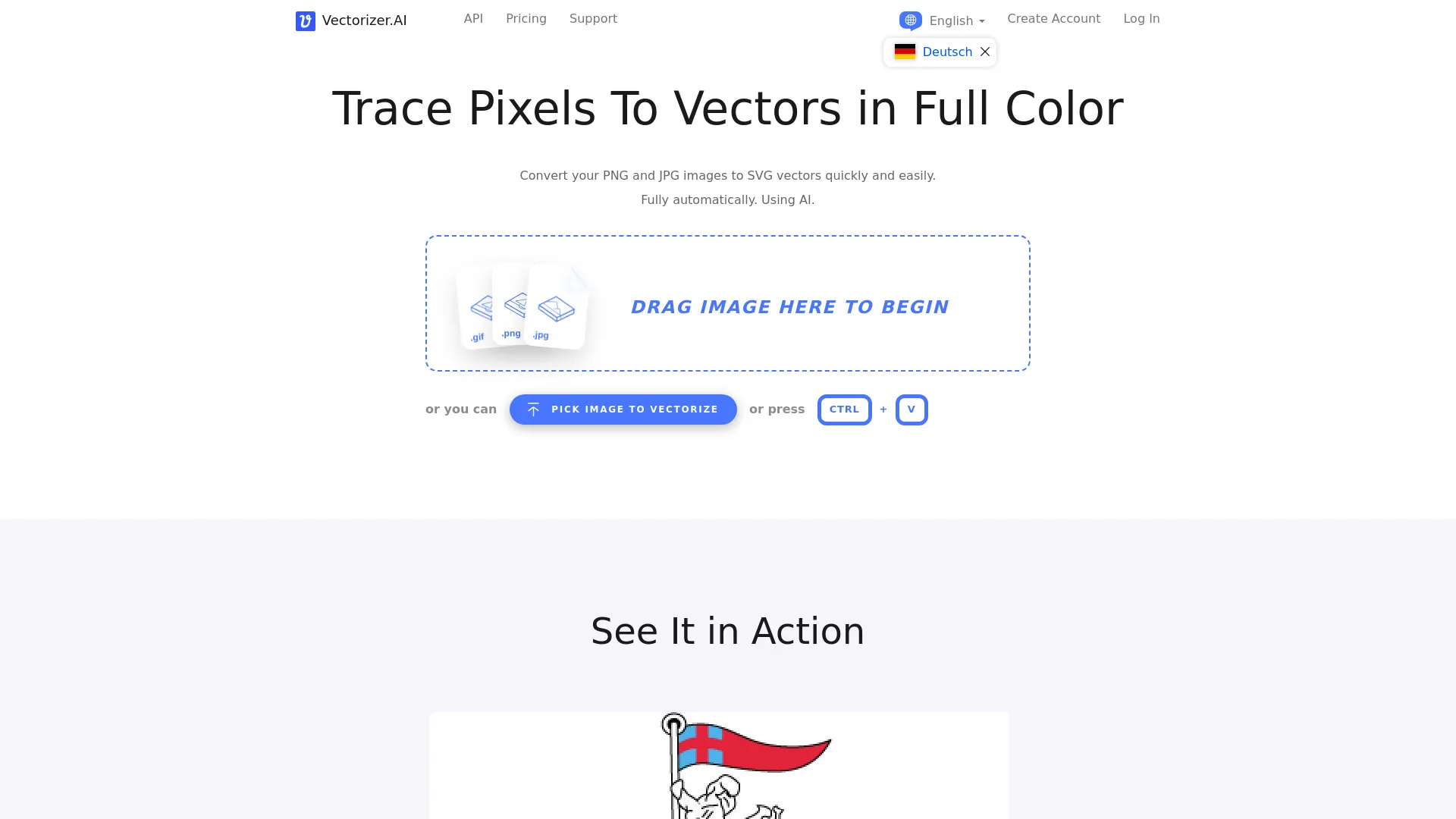
1.4M
4.7
Vectorizer AI is an innovative tool designed to transform raster images into high-quality vector graphics, making it easier for users to work with scalable designs. By utilizing advanced artificial intelligence algorithms, it streamlines the vectorization process, allowing for precise and efficient conversions. This tool is particularly beneficial for graphic designers, illustrators, and anyone who requires clean, editable vector art from pixel-based images.The platform stands out for its user-friendly interface, enabling users to upload images seamlessly and receive quick results. With options for customization and adjustments, Vectorizer AI caters to a wide range of creative needs. Its capabilities not only enhance productivity but also ensure that the final vector graphics maintain the integrity and detail of the original artwork, making it an essential resource for professionals in the creative industry.
AI Image Recognition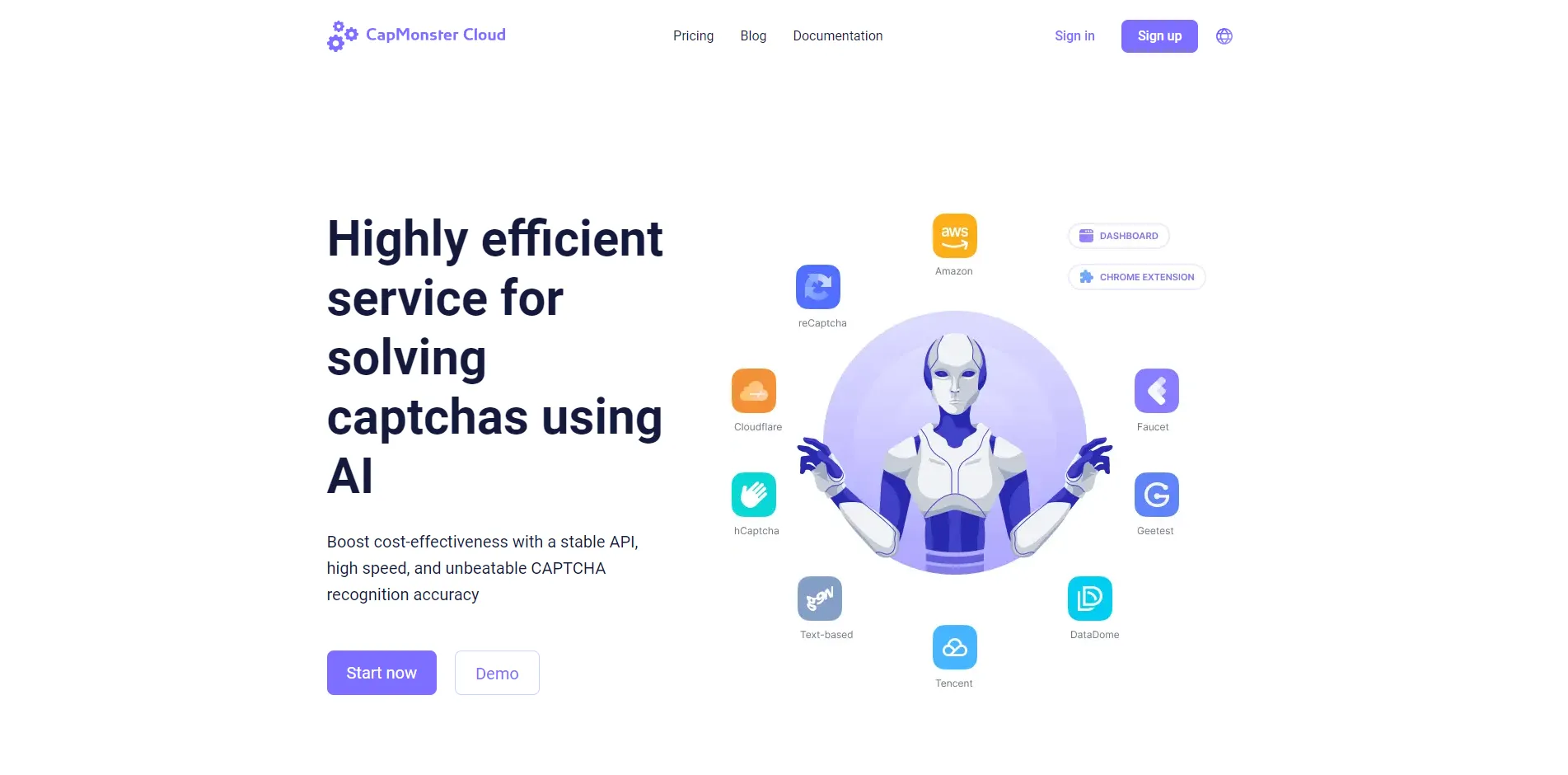
1.1M
4.5
CapMonster Cloud is an advanced solution designed to automate the process of solving CAPTCHAs, enabling users to bypass these security measures effortlessly. With its powerful API, the platform offers a seamless experience for developers and businesses looking to integrate CAPTCHA solving capabilities into their applications. CapMonster Cloud supports a wide variety of CAPTCHA types, including reCAPTCHA, hCaptcha, and more, ensuring that users can tackle numerous challenges without interruption.The service is built on a robust infrastructure that guarantees high-speed solving and reliability. By leveraging machine learning and artificial intelligence, CapMonster Cloud continually improves its algorithms to adapt to evolving CAPTCHA technologies. This makes it an invaluable tool for web scraping, data extraction, and other automated tasks where CAPTCHA presents a barrier. With user-friendly pricing and flexible plans, CapMonster Cloud is suitable for both small projects and large enterprises seeking efficient CAPTCHA management.
AI Image Recognition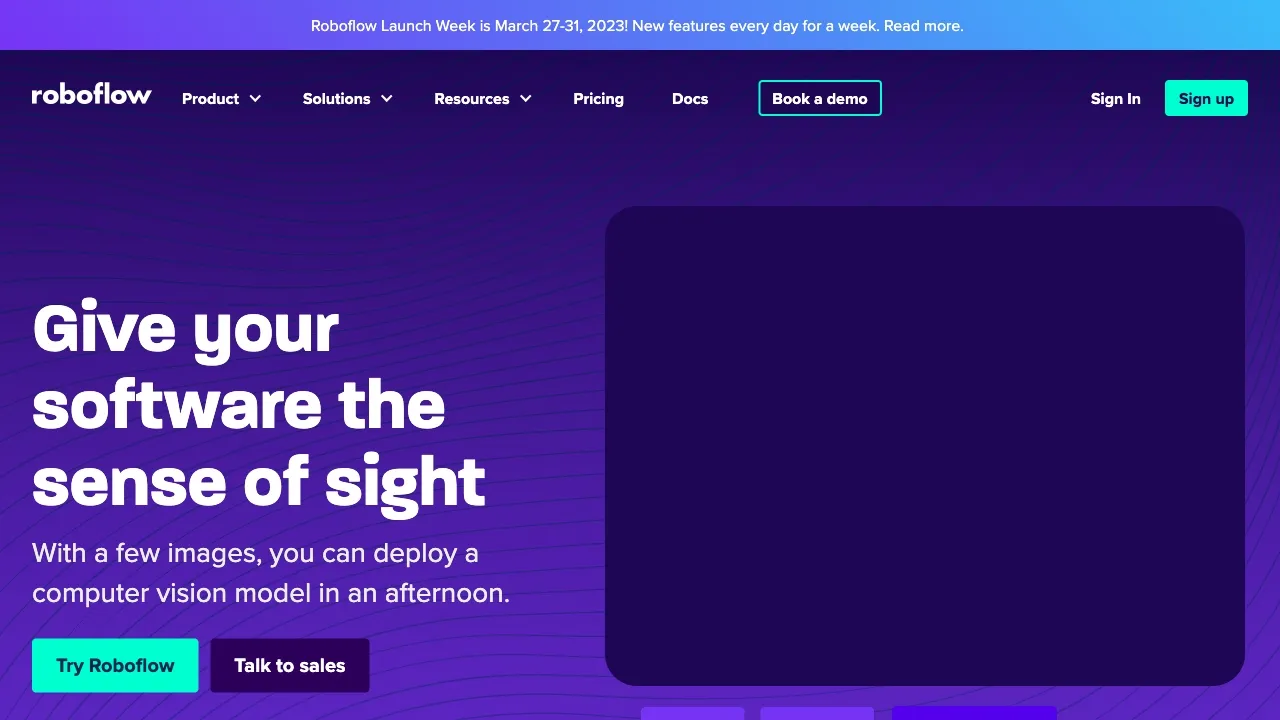
1.1M
4.9
Roboflow is a comprehensive platform designed to streamline the process of building and deploying computer vision applications. It empowers developers and data scientists by providing tools for managing datasets, annotating images, and training machine learning models with ease. With a user-friendly interface, Roboflow simplifies the complexities of computer vision, making it accessible for both beginners and experienced practitioners.The platform supports various workflows, allowing users to quickly prototype and iterate on their models. By integrating with popular machine learning frameworks, Roboflow enables seamless deployment, ensuring that users can take their projects from conception to production efficiently. With a focus on collaboration and scalability, Roboflow is an invaluable resource for teams looking to harness the power of computer vision in their applications.
AI Image Recognition
1.1M
5.0
Pl@ntNet is an innovative platform designed to foster a deeper understanding of plant biodiversity through the use of technology. By leveraging image recognition and a vast database of plant species, Pl@ntNet allows users to identify plants easily and efficiently. This user-friendly application caters to both casual gardeners and professional botanists, offering a way to contribute to scientific knowledge and conservation efforts.The platform operates on a collaborative model, encouraging users to share their observations and photos of plants. Each contribution enriches the database, enabling more accurate identifications and fostering community engagement. Pl@ntNet aims to promote awareness about plant diversity, support educational initiatives, and help users connect with nature in meaningful ways.
AI Image Recognition